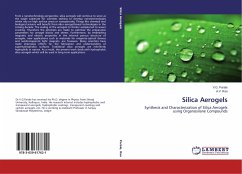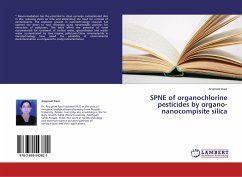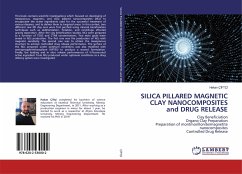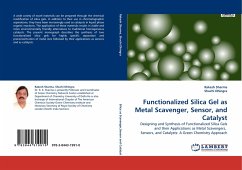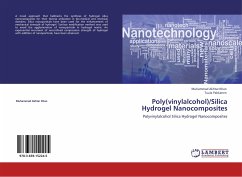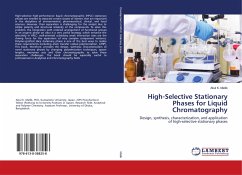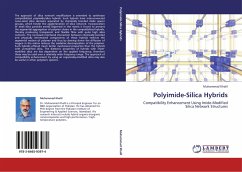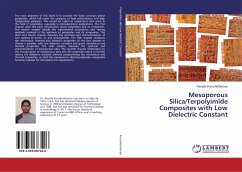From a nanotechnology perspective, silica aerogels will continue to serve as the staple substrate for scientists seeking to develop nanotechnologies which rely on high surface areas or nanoporosity. Things like chemical and biological sensors will benefit from silica aerogel-based technologies in the coming decade. The scaling of the aerogels to thicker samples led to severe cracking. Therefore the attempts are made to optimize the preparative parameters for aerogel blocks and sheets. Furthermore, by embedding magnetic and electric properties in the internal porous structure of aerogels, new applications such as materials for magneto-optical devices and semitransparent light magnets, are foreseen. Many scientists have made impressive efforts for the fabrication and understanding of superhydrophobic surfaces. Traditional silica aerogels are inherently hydrophilic in nature. As a result, the present work deals with hydrophobic silica aerogels which will be used in long term applications.
Bitte wählen Sie Ihr Anliegen aus.
Rechnungen
Retourenschein anfordern
Bestellstatus
Storno

